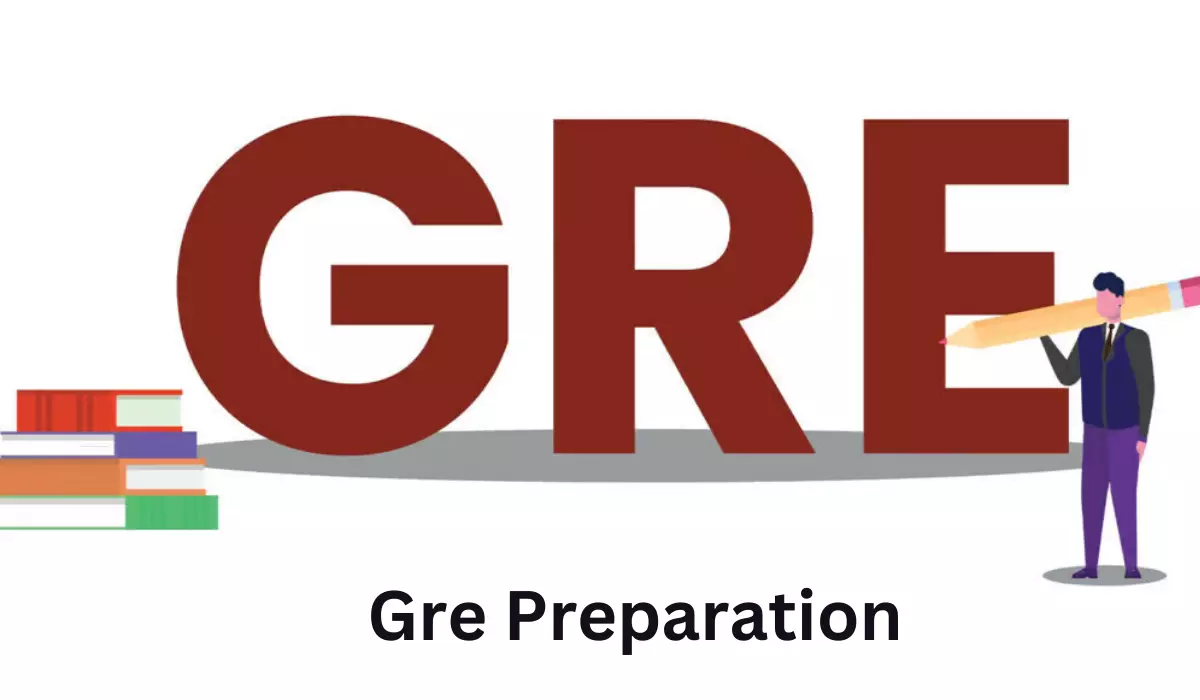Embarking on the journey to graduate school requires careful planning and preparation.
This comprehensive guide will provide you with valuable insights, preparation techniques, and tips to optimize your performance and enhance your chances of admission to your dream graduate program. So, are you ready to set yourself up for success? Let’s dive in and unlock the keys to aceing the GRE.
The Importance of the GRE for Graduate School Admission
Before you can embark on this exciting journey, you’ll need to tackle the first hurdle: the Graduate Record Examination, or GRE.
Many of us thought we had left standardized tests behind after obtaining our bachelor’s degrees, only to realize that the GRE is a crucial step toward standing out in a crowd of applicants.
Assess Your Skills and Determine Your Preparation Needs
Standardized tests like the GRE can be either a breeze or a nightmare, depending on your aptitude for exam-taking. Regardless of your comfort level, it’s essential to ask yourself a few crucial questions.:
- Have you taken an algebra class recently, or is it a distant memory?
- Are you familiar with mathematical concepts such as the circumference of a circle?
- Do you know what words like “luculent” mean?
Assessing your current knowledge can help you identify areas where you may need extra preparation.
The GRE: Math Essentials and Preparation Resources
The GRE encompasses math requirements that don’t exceed a basic knowledge of algebra and geometry.
However, if it’s been years since you last encountered the Pythagorean theorem or delved into a Victorian novel, some preparation is advisable. Fortunately, the Educational Testing Service (ETS), the official GRE source, provides comprehensive information on testing times, locations, and essential preparation techniques.
Most importantly, they offer sample questions that mirror those you’ll encounter on the actual test.
For those seeking additional support, test-prep services are available for a fee.
These services can be particularly valuable for individuals who have previously taken the GRE and want to improve their performance.
Moreover, if you know you lack the discipline to study consistently, these courses can provide the necessary structure for relearning the basics. Online platforms like Kaplan and the Princeton Review offer sample test questions, test-taking tips, and other valuable resources.
The Transition to the GRE Computer-Aided Test (CAT)
The GRE CAT presents test-takers with both benefits and drawbacks compared to the traditional paper-and-pencil format. One potential drawback is the necessity of taking the test using a computer.
If you’re not technologically inclined, now is the time to familiarize yourself with the basics. The last thing you want is the added stress of learning computer skills while attempting the exam, despite the tutorial provided by the testing authorities.
Another consideration is the cumulative nature of the GRE CAT. Unlike its paper counterpart, each question’s weight depends on your performance on previous questions.
Consequently, how you start the test can have a significant impact on your overall score. Additionally, once you’ve selected an answer, you cannot change it.
On the other hand, the GRE CAT offers several advantages:
First and foremost, the test schedule is much more flexible. Instead of scheduling your test several months in advance, testing centers administer the GRE CAT multiple times each week. This flexibility allows you to choose a date that aligns with your preparation progress.
Furthermore, the GRE CAT is shorter, focusing on one set of verbal, quantitative, and analytical questions. However, the test also includes an “experimental” section from one of these groups. The test-taker is unaware which section is experimental.
At the test’s conclusion, you have the option to discard your results if you feel that nerves or lack of preparation may have adversely affected your performance.
Another notable feature of the GRE CAT is its ability to deliver scores moments after test completion, compared to weeks for the paper-and-pencil version.
While some find this instant gratification beneficial, others may prefer the breathing space provided by delayed score reporting.
If you need to enhance your computer skills in preparation for the GRE CAT, consider investing in software programs specifically designed for GRE CAT test preparation. Local computer software stores and bookstores often carry these resources.
Look for programs that offer both practice questions and complete practice tests, including score calculation, to gauge your progress effectively.
Reduce Stress and Optimize Performance through Practice
Utilizing these preparation resources and dedicating time to practice can alleviate the stress associated with the GRE and enhance your performance on test day.
Don’t wait until the last minute to begin your preparation. Instead, start right away and take advantage of the available sample questions, mock tests, and study materials. By dedicating yourself to a solid study plan, you can approach the GRE with confidence and maximize your potential.
Conclusion
Remember, successful test-taking requires consistent effort and patience. So, kickstart your preparation today and pave the way for a rewarding and successful graduate school experience.













